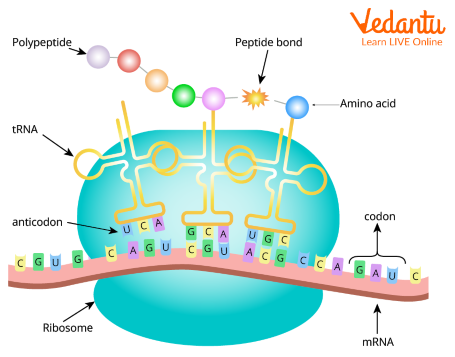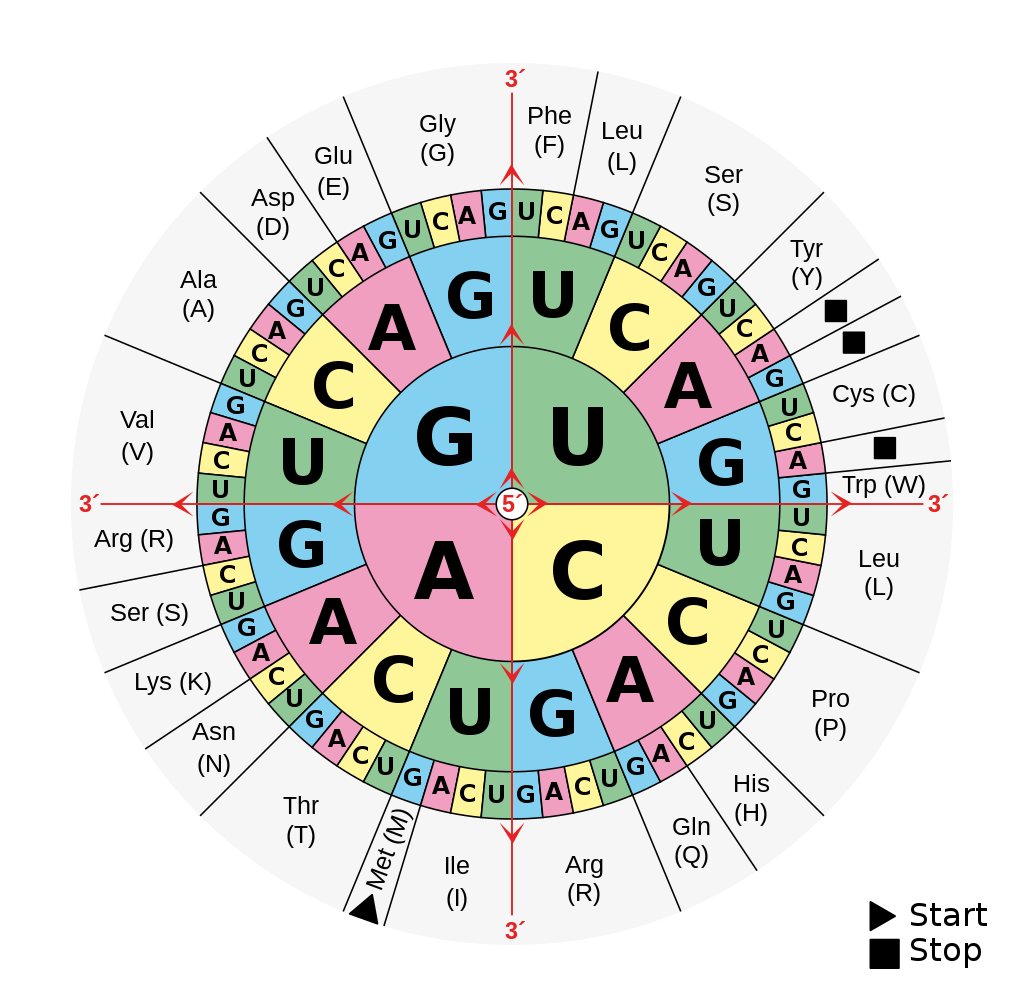Genetics Introduction
Introduction to DNA, Protein Synthesis, and Genetics
Welcome to the fascinating world of genetics! In this unit, we’ll explore the fundamental building blocks of life—DNA and nucleotides. We’ll delve into how DNA replicates, the process of protein synthesis, and why these are crucial to genetics. We’ll also discuss potential problems that can arise when things don’t go as planned.
What is DNA?
DNA, or Deoxyribonucleic Acid, is the molecule that carries the genetic instructions for all living organisms. Think of DNA as the blueprint for building and maintaining every aspect of an organism. It’s made up of two long strands that coil around each other to form a double helix.
Nucleotides: The Building Blocks of DNA
Nucleotides are the basic units of DNA. Each nucleotide consists of three components:
- Sugar: A deoxyribose sugar molecule.
- Phosphate Group: Links the sugars together.
- Nitrogenous Base: This can be one of four types:
- Adenine (A)
- Thymine (T)
- Cytosine (C)
- Guanine (G)
The sequence of these nitrogenous bases encodes genetic information.
How DNA Replicates
DNA replication is a critical process that occurs before a cell divides. This ensures that each new cell has an exact copy of the DNA.
The Steps of DNA Replication:
- Unwinding: The double helix unwinds, and the two strands separate with the help of enzymes.
- Complementary Base Pairing: New nucleotides are added to each original strand following the base-pairing rules:
- Adenine pairs with Thymine (A-T)
- Cytosine pairs with Guanine (C-G)
- Formation of Two Identical DNA Molecules: Each new DNA molecule consists of one original strand and one newly synthesized strand.
Protein Synthesis: From DNA to Proteins
Protein synthesis is the process by which cells create proteins. It involves two main stages: transcription and translation.
Transcription
During transcription, the DNA sequence of a gene is copied into messenger RNA (mRNA). Here are the key steps:
- Initiation: The enzyme RNA polymerase binds to the DNA at the promoter region.
- Elongation: RNA polymerase moves along the DNA, unwinding the helix and synthesizing a single-stranded mRNA molecule by adding complementary RNA nucleotides (A, U, C, G).
- Termination: When RNA polymerase reaches a termination signal, transcription ends, and the mRNA molecule is released.
Note: In RNA, Uracil (U) replaces Thymine (T).
Translation
Translation is the process where the mRNA is decoded to build a protein. This occurs in the ribosome and involves transfer RNA (tRNA). Key steps include:
- mRNA Binding: The ribosome binds to the mRNA at the start codon (usually AUG).
- tRNA Matching: tRNA molecules carrying specific amino acids recognize codons on the mRNA through their anticodons.
- Polypeptide Formation: Amino acids are linked together in the order specified by the mRNA sequence, forming a polypeptide chain.
- Termination: When a stop codon is reached, the process ends, and the protein is released.

Figure: tRNA molecules bringing amino acids to the ribosome during translation.
Codon to Amino Acid Mapping
The genetic code consists of codons, which are sequences of three nucleotides on the mRNA. Each codon corresponds to a specific amino acid or a stop signal.

Figure: The codon table showing which codons correspond to each amino acid.
Example: DNA to Protein
Below is an example of a DNA strand split into codons and the corresponding amino acids:

Figure: DNA sequence split into codons with corresponding amino acids.
Interactive Simulation: Building a Protein from DNA
In this simulation, you can input a DNA sequence, and the corresponding protein sequence will be displayed automatically as you type. Observe how changes in the DNA sequence (mutations) can affect the resulting protein.
Try It Out!
Experiment with the DNA sequence in the simulation above. As you type or modify the sequence, the protein translation updates automatically. Notice how changes in the DNA sequence can lead to different proteins or introduce stop codons that shorten the protein.
Conclusion
Understanding DNA, protein synthesis, and how they contribute to genetics is fundamental to biology. By studying these processes, we gain insights into inheritance, genetic disorders, and the molecular mechanisms that drive life itself.
